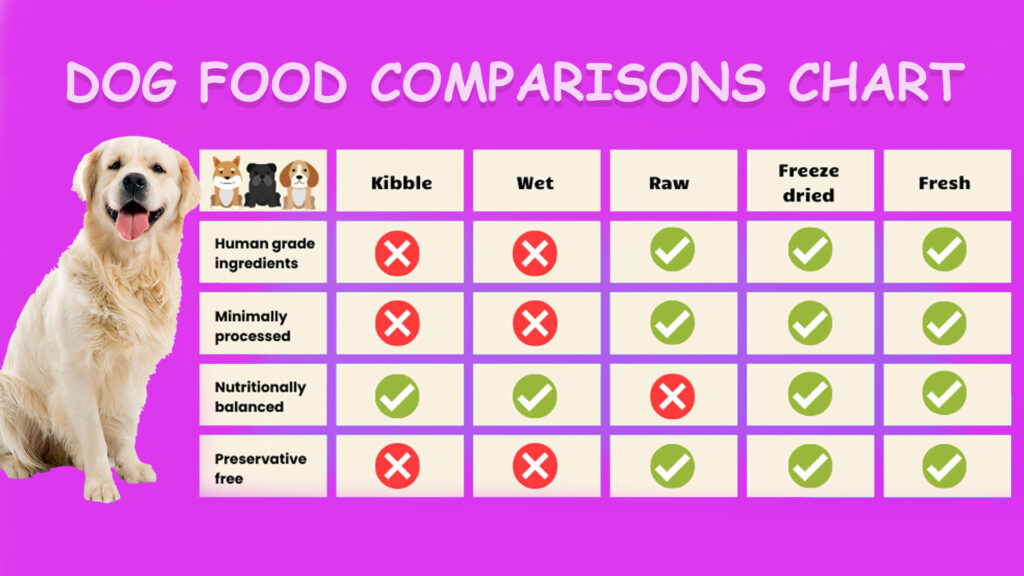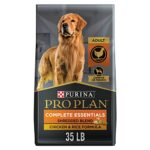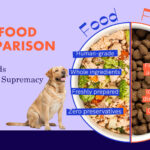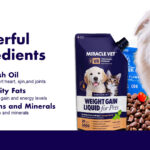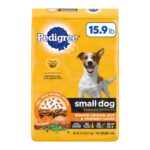Dog Food Comparisons Chart provides a clear side-by-side evaluation of different dog food brands. It showcases nutritional values, price points, and ingredient quality.
Choosing the right dog food is crucial for the health and wellbeing of your canine companion. With the vast array of brands and formulas available, a comparison chart simplifies the decision-making process by laying out key information in an easily digestible format.
It aids pet owners in distinguishing between products, highlighting variations in protein sources, grain content, artificial additives, and special diet compatibility. Navigating through the complex nutritional needs of dogs, the chart empowers owners to make informed choices based on life stage, activity level, and any specific health requirements. Every tail-wagging friend deserves a diet that supports a vibrant and healthy life, and a well-researched food comparison chart is a tool that facilitates this goal.
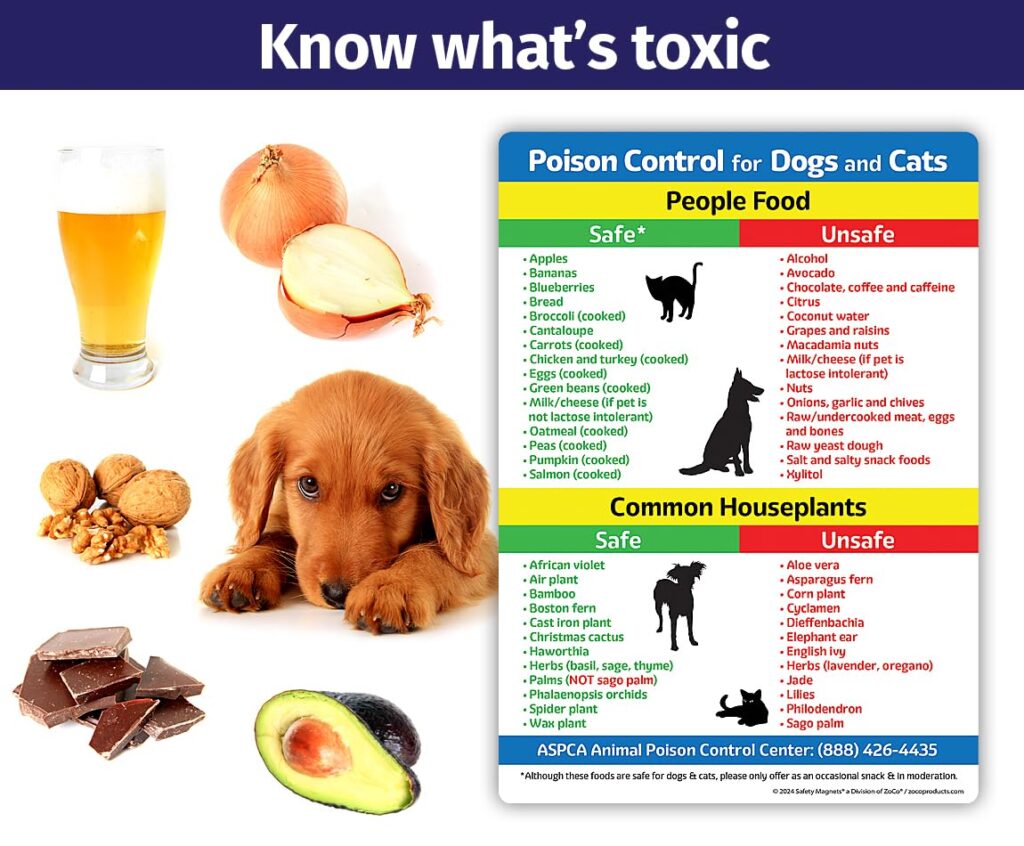
Credit: Amazon.com
Unveiling The Contenders
When choosing the best diet for our furry friends, the options can be overwhelming. To ease the process, a comprehensive comparison of the top dog food brands is essential. Let’s dive into the world of canine nutrition to spotlight the best in the game.
Popular Brands On The Market
We’ve scoured the market to bring you a list of the most trusted dog food brands for your beloved pet.
- Blue Buffalo – Known for high-quality ingredients.
- Wellness – Favorites for holistic health benefits.
- Royal Canin – Tailored nutrition for specific breeds.
- Orijen – Biologically appropriate and grain-free.
- Purina Pro Plan – Research-backed and breed-specific formulas.
- Hill’s Science Diet – Veterinarian-recommended for various health needs.
Criteria For Comparison
Evaluating various brands requires a specific set of criteria.
| Criteria | Description |
|---|---|
| Ingredients Quality | Natural and nourishing components. |
| Nutritional Value | Proper balance of proteins, fats, and carbs. |
| Veterinary Approval | Endorsed by pet health experts. |
| Special Diets Catering | Options for allergies and sensitivities. |
| Price Point | Cost-effective without compromising quality. |
| Consumer Reviews | Positive feedback from pet owners. |
This chart serves as our roadmap, guiding us to the perfect choice for our pets’ health and happiness.
Key Nutrients For Canine Health
Choosing the right dog food ensures your furry friend gets all the essentials for a healthy life. A balanced diet is crucial. Our Dog Food Comparisons Chart dives into the key nutrients every pooch needs. Let’s explore how proteins and fats contribute to their well-being.
Proteins: Building Blocks Of Canine Vitality
Proteins are essential for your dog’s muscle growth and repair. They support a strong immune system. Dogs need various amino acids found in proteins to stay healthy. Look for foods high in quality protein sources like:
- Chicken
- Beef
- Fish
- Lamb
| Protein Source | Benefits |
|---|---|
| Chicken | Lean muscle and good bone health |
| Beef | Irons and minerals for energy |
| Fish | Omega-3 for brain health |
| Lamb | Essential amino acids for dogs |
Fats: Energy And Healthy Coats
Fats are a dense form of energy. They keep your dog’s coat shiny and healthy. The right fats also support brain function and protect internal organs. Include these beneficial fats in their diet:
- Omega-3 fatty acids from fish oil
- Omega-6 fatty acids from plant oils
- Animal fats for flavor and energy
| Fat Type | Benefits |
|---|---|
| Omega-3 | Supports joint mobility and brain health |
| Omega-6 | Promotes a healthy skin barrier |
| Animal Fats | Provides high-quality energy for active dogs |
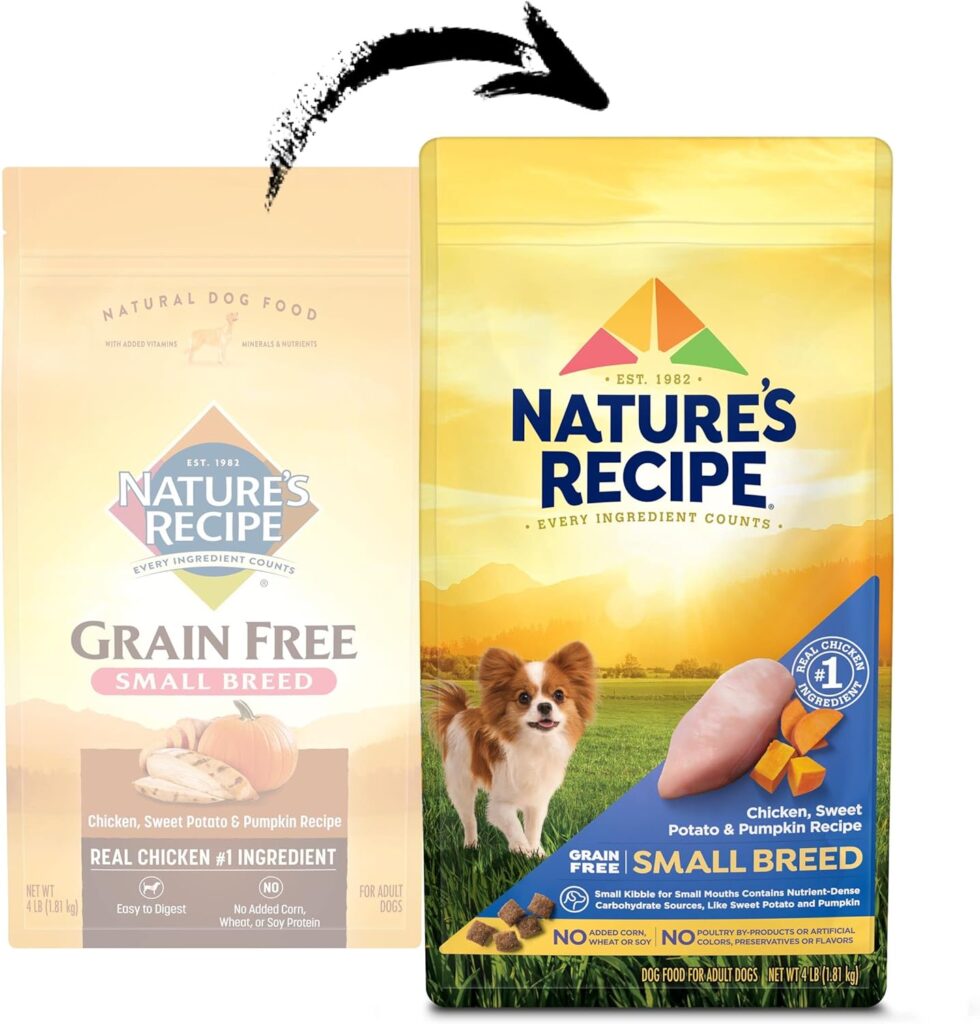
Carbs And Fiber: Beyond The Energy
Carbs and Fiber: Beyond the Energy are crucial for your furry friend’s health. While they supply energy, they do so much more. Good dog food balances these nutrients to support digestion and overall health. Let’s dive into the comparison of grains versus grain-free diets and the role dietary fiber plays in your dog’s diet.
Grains Vs. Grain-free Options
Choosing between grains and grain-free dog foods can be complex.
- Grain dog food includes rice, wheat, and oats. They are energy-packed.
- Grain-free options avoid these. They might have potatoes or peas instead.
Look at your dog’s needs. Not all dogs require grain-free diets. Some benefit from grains. Always check with a vet.
| Grain-Inclusive Benefits | Grain-Free Benefits |
|---|---|
| Fiber for digestive health | Often higher in protein |
| Lowers food allergies risk | Can be easier on a sensitive stomach |
| Provides vital nutrients | Eliminates grain allergens |
The Importance Of Dietary Fiber
The right fiber is as important as the right carbs.
Fiber helps with:
- Healthy digestion. Your dog can digest food better.
- Steady blood sugar. This means no sudden energy spikes.
- Weight management. It helps your dog feel full.
Fiber is not just for good poop. It supports the gut and overall health. Natural fiber sources include pumpkin, apples, and beet pulp. Check the food label to see what’s inside.
Vitamins And Minerals: Essentials For Wellness
Choosing the right dog food is vital for your pet’s longevity and vitality. A balanced blend of vitamins and minerals supports overall health. Let’s explore key nutrients for your dog’s well-being.
Vitamin Blends For Immune Support
Strong immunity is the cornerstone of a healthy life. Dog foods rich in vitamins boost your pet’s defense mechanisms.
- Vitamin A: Essential for skin and eye health.
- Vitamin E: Protects cells from oxidative damage.
- Vitamin C: Benefits the immune system and reduces inflammation.
Dog foods should offer a perfect mix of these vitamins to promote a robust immune system.
Minerals For Bone And Joint Health
Minerals play a crucial role in your dog’s bone and joint wellbeing. Proper mineral content in dog food is key for strong bones.
| Mineral | Benefit |
|---|---|
| Calcium | Ensures bone strength and growth. |
| Phosphorus | Works with calcium to boost bone health. |
| Magnesium | Supports bone density and muscle function. |
Select a food that provides these minerals in the right amounts for your pet’s age and size.
This example defines the section of a blog post discussing the importance of vitamins and minerals in dog food. It uses HTML structure suitable for WordPress, with semantically organized content under two main headings for easy navigation and understanding.
Special Dietary Needs
Dogs have diverse dietary needs at different stages of their lives. Just as humans require specific nutrition, dogs do too. The right food ensures a pet’s health and happiness. Tailored diets matter for maintaining optimal health.
Formulas For Puppies
Puppies grow fast and need special food to help them develop. Look for puppy formulas that have:
- High protein content – to build muscles and tissues.
- DHA, an omega-3 fatty acid – for brain and eye development.
- Calcium and phosphorus – for strong bone growth.
The right puppy food supports overall growth and sets a foundation for a healthy life.
Senior Dog Nutrition Requirements
Senior dogs slow down and their metabolism changes. Their food must adapt too. Key ingredients for senior diets include:
- Lower calorie count – to prevent weight gain.
- High fiber – for digestive health.
- Glucosamine and chondroitin – for joint support.
- Less fat and more protein – to maintain muscle mass.
Selecting the proper senior food can help manage age-related health issues.
Analyzing Protein Content
When choosing the right dog food, protein is a key nutrient. It builds muscles and keeps your dog healthy. But not all proteins are the same. Some are better than others. Dog food comparisons often reveal diverse protein contents. Let’s dive into the types of proteins in dog foods and why they matter.
Animal Vs. Plant-based Proteins
Dogs need protein to live well. But where it comes from is important. Animal proteins have all the essential amino acids dogs need. Plant-based proteins may not have all of these.
- Animal proteins: Found in meat, fish, and eggs.
- Plant-based proteins: Found in beans, lentils, and veggies.
A mix of both can be good, but animal proteins are often superior for dogs.
Meat Content And Quality
The type of meat matters too. A dog food comparison chart can show the differences. Not just any meat will do. Look for foods with a high percentage of named meats. This means the label will say “beef”, “chicken”, “lamb”, rather than “meat meal” or “animal by-product”.
| Meat Type | Protein Content | Quality |
|---|---|---|
| Chicken | High | Varies |
| Beef | High | Varies |
| Lamb | High | Usually good |
Named meat ingredients mean the content is more likely to be high-quality. The chart above shows some common meat types in dog food. The quality often varies and so does protein content. Always pick the best for your furry friend’s needs.
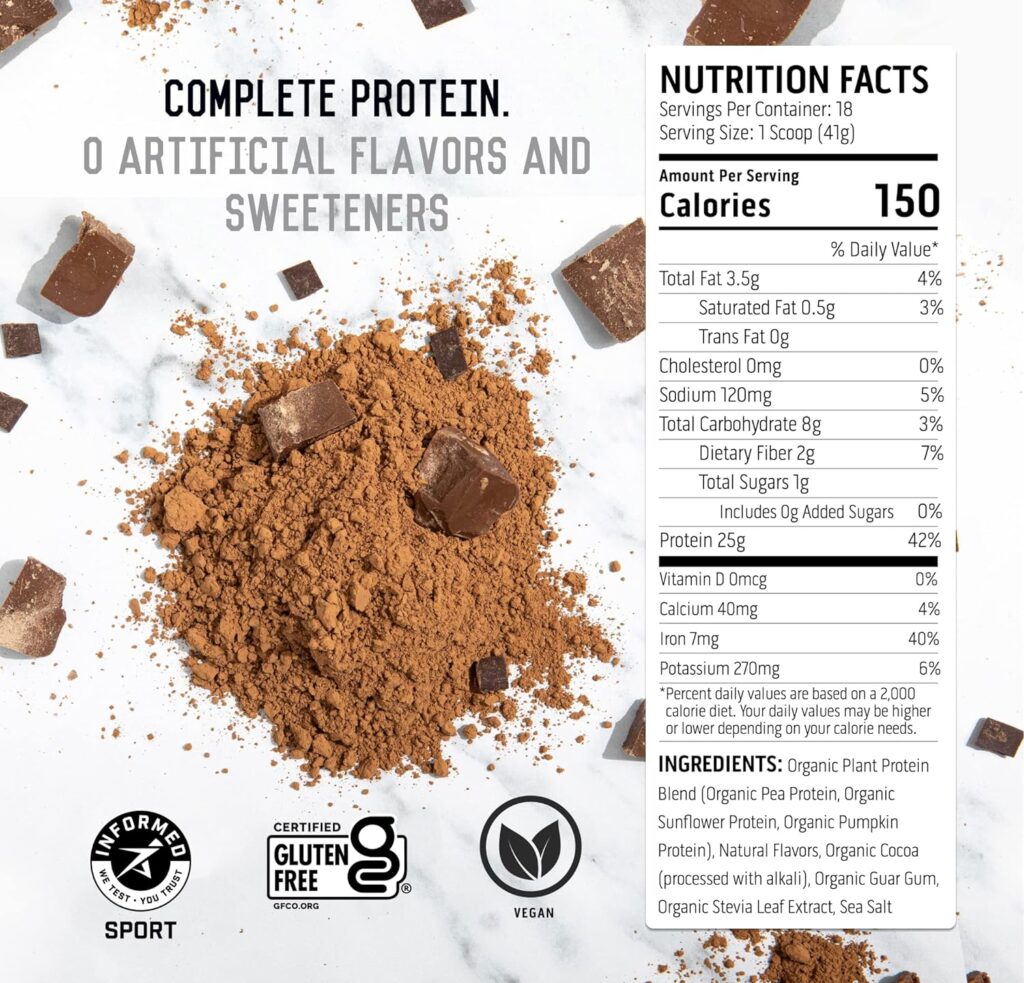
The Fat Breakdown
Dogs need healthy fats for energy and overall well-being. Let’s dive deep into understanding the best fats for your furry friends. Together, we’ll uncover the types of fats that should be in your dog’s diet and how they support their health.
Balancing Omega Fatty Acids
Omega fatty acids are vital for your dog’s coat, skin, and body function. The right balance of omega-6 and omega-3 is crucial.
- Omega-6 aids in cell growth and skin health.
- Omega-3 reduces inflammation and supports brain health.
A chart could help you track omega levels in different dog food brands.
Identifying Healthy Fats
Not all fats are the same. Certain fats are better for your dog. Let’s identify these healthy fats.
| Fat Source | Benefits |
|---|---|
| Chicken Fat | Rich in omega-6, supports healthy skin. |
| Fish Oil | High in omega-3, good for joint health. |
| Flaxseed | Offers omega-3, promotes a shiny coat. |
Select dog foods with these ingredients to assure a nourished pup.
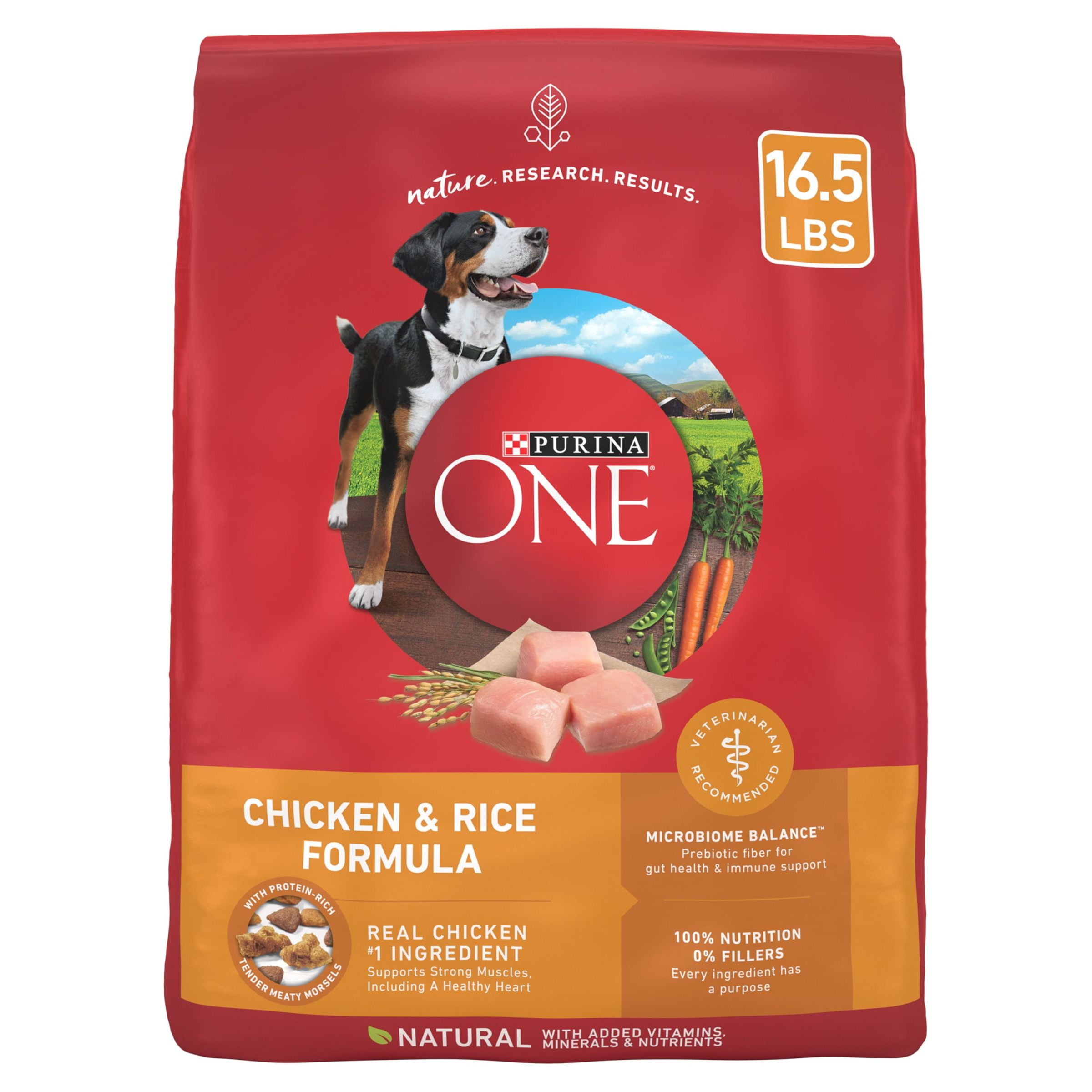
Credit: www.walmart.com
Carbohydrate Sources Explored
When it comes to your dog’s diet, carbohydrates play a key role. Choosing the right type of carbs is essential for your furry friend’s health and energy levels. Let’s dive into the world of carbs and see how different types affect your dog.
Complex Carbs For Sustained Energy
Complex carbohydrates are like slow-burning logs on a fire. They deliver energy that lasts, keeping dogs active for hours.
- Sweet potatoes
- Brown rice
- Barley
- Oats
These wholesome sources are packed with fiber. They help in healthy digestion and maintaining stable blood sugar levels.
Simple Carbs: Quick Energy With A Cost
Simple carbohydrates offer a fast energy boost. But, they can lead to energy crashes.
| Simple Carb Sources | Effects on Dogs |
|---|---|
| Corn syrup | Rapid sugar spike, potential crash |
| White bread | Quick digestion, short energy span |
Regular intake of simple carbs may lead to weight issues and diabetes.
Additives And Preservatives
Navigating the world of dog food can be a maze of ingredients and fancy words. It’s crucial to understand what goes into your furry friend’s diet. This section on ‘Additives and Preservatives’ helps decode what each additive and preservative means for your pup’s health and wellness.
Natural vs. Artificial Additives
Natural Vs. Artificial Additives
Natural additives include vitamins, minerals, and antioxidants from whole foods sources. These boost your dog’s diet with essential nutrients. Artificial additives are man-made chemicals. These may enhance flavor, color, or texture but are not always needed.
- Natural Additives Examples:
- Vitamin E (mixed-tocopherols)
- Rosemary extract
- Artificial Additives Examples:
- BHA (Butylated Hydroxyanisole)
- Red Dye 40
Understanding Preservatives In Dog Food
Preservatives extend a product’s shelf life but come in natural and synthetic forms. Natural preservatives are safer and include vitamin C and E. Synthetic preservatives, like BHA and BHT, may harm your dog’s health long-term.
| Preservative Type | Common Preservatives Used | Considerations for Dog’s Health |
|---|---|---|
| Natural | Vitamin C (ascorbic acid), Vitamin E (tocopherols) | Generally safe, promotes health |
| Synthetic | BHA, BHT, Ethoxyquin | Potentially harmful with long-term use |
Food Allergies And Sensitivities
Just like humans, dogs can suffer from food allergies and sensitivities. These issues can cause discomfort and health problems for your furry friend. It’s crucial to understand common allergens and consider hypoallergenic options.
Common Food Allergens In Dogs
Dogs react to certain foods in different ways. Here are some top culprits:
- Beef
- Dairy
- Wheat
- Eggs
- Chicken
- Soy
Spotting an allergy is vital.
Look for signs like itchy skin, stomach upset, or ear infections.
Hypoallergenic Dog Food Options
Hypoallergenic foods aim to reduce allergic reactions. They often exclude common allergens. These foods may include:
- Novel proteins (like venison or duck)
- Limited ingredient diets
- Grain-free recipes
- Hydrolyzed proteins
Consult a vet before switching foods. They can advise on the best options for your dog’s specific needs.
Wet Food Vs. Dry Food
Choosing the right food for your furry friend involves a comparison between wet food and dry food. Each type offers unique benefits and understanding these can help pet owners make informed decisions. Let’s explore the distinct qualities of wet and dry dog food to better cater to your dog’s dietary needs.
Moisture Content And Hydration
Wet dog food shines in its high moisture content, crucial for your pet’s hydration. It generally contains about 70-80% water. This helps dogs who don’t drink enough water stay hydrated. Dry food, typically with only 6-10% water, falls short in this aspect.
| Type of Food | Moisture Content |
|---|---|
| Wet Food | 70-80% |
| Dry Food | 6-10% |
For proper hydration, especially for dogs prone to kidney issues, wet food could be a better choice.
Convenience And Dental Health Benefits
- Dry food is king in terms of convenience. It’s easy to store, measure, and doesn’t spoil quickly when left out.
- It’s easier to use in automated feeders or for planned meal portions.
- Dry kibble’s texture can scrape away plaque, thus may help keep teeth cleaner.
Nevertheless, wet food can be more palatable and easier to chew, which is great for older dogs.

Credit: nypost.com
Raw Diets And Homemade Food
Many pet owners today are looking into raw diets and homemade food for their furry friends. This approach to dog nutrition is gaining attention. It puts the pet owner in charge of what their dogs eat. Here, we will compare raw diets and homemade meal preparations.
The Raw Food Debate
Raw food diets for dogs often include uncooked meat, bones, fruits, and vegetables. These diets claim to offer health benefits similar to what dogs would get in the wild.
- May lead to shinier coats
- Could result in healthier skin
- Possibly improve dental health
- Potential for higher energy levels
It’s important to acknowledge the concerns veterinarians and pet nutrition experts express about raw diets. They mention risks of bacterial contamination and an imbalance in nutrients. Talk to a vet before switching to a raw diet.
Preparing Balanced Homemade Meals
Homemade dog food gives pet owners control over ingredients. It ensures meals tailored to a dog’s specific needs. But, creating a balanced diet requires knowledge and effort.
To start preparing balanced homemade meals:
- Consult with a veterinarian or a pet nutritionist
- Understand your dog’s nutritional requirements
- Use various food groups
- Measure portions correctly
- Adjust meals based on your dog’s feedback
Balance is crucial to avoid malnutrition. Consider using a homemade dog food recipe from a trusted vet.
Remember, homemade meals might not be for every dog or owner. Time, resources, and commitment are needed to sustain this feeding method.
Price Comparisons
Dog owners often weigh the cost of dog food against its quality. The right balance is crucial to ensure your pet stays healthy without breaking the bank. This section delves into the prices of dog food to reveal which options are wallet-friendly and if splurging on premium brands really offers more bang for your buck.
Affordable Choices
Looking for quality food without the hefty price tag?
Here’s a snapshot of budget-friendly choices:
| Brand | Price Per Pound | Ingredient Quality |
|---|---|---|
| Brand A | $1.50 | Good |
| Brand B | $2.00 | Good |
| Brand C | $1.75 | Good |
These brands offer balanced nutrition without causing stress on your wallet.
Premium Foods: Worth The Cost?
Premium foods promise the best for your pet. But are they always worth it?
- Higher price can mean better ingredients.
- More expensive could equal fewer health issues.
- Specialty diets for specific needs often cost more.
Consider these top-tier options:
| Brand | Price Per Pound | Special Benefits |
|---|---|---|
| Premium Brand X | $5.00 | Natural Ingredients |
| Premium Brand Y | $6.00 | Grain-Free |
| Premium Brand Z | $5.50 | Includes Probiotics |
These choices may be pricier, but could save on vet bills in the long run.
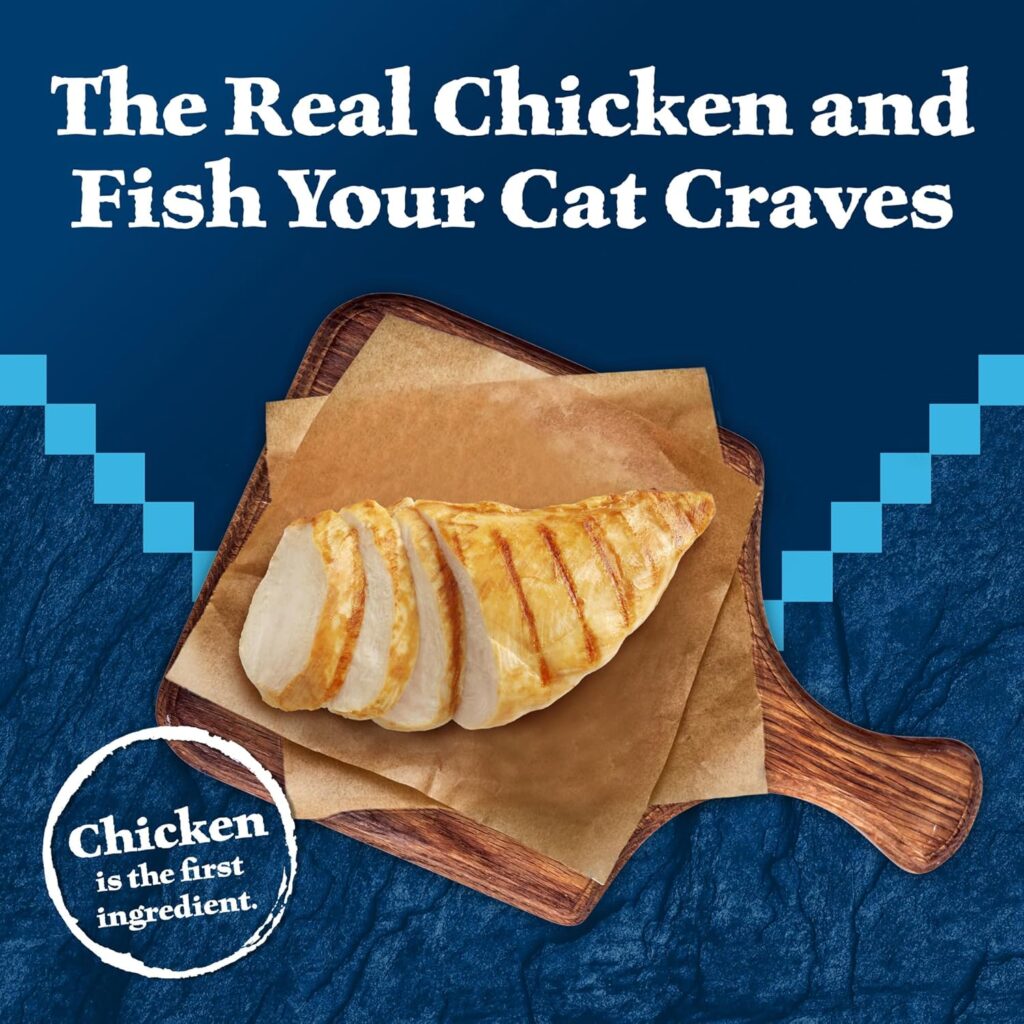
Taste Tests: What Dogs Love
Unlocking the secrets of what makes tails wag during mealtime has always been a top interest for pet parents. Our Dog Food Comparisons Chart now includes a special edition focusing solely on Taste Tests: What Dogs Love. We’ve paid special attention to the flavors that have dogs coming back for seconds and the ones scientifically proven to make their taste buds dance.
Flavor Profiles
Dogs are unique in their likes and dislikes. Just like us, they have flavors they go crazy for. The Chart reveals that most pups give their paw of approval to meaty tastes like beef, chicken, and lamb. Vegetables can also be a hit, especially when mixed with these savory meats.
- Chicken & Rice – A classic combo loved by most dogs.
- Beef & Sweet Potato – Rich in flavor and often preferred by active breeds.
- Fish & Peas – An unusual mix that can be a surprise favorite for sensitive dogs.
Palatability Studies
The science behind what dogs will eat concentrates on palatability. Our Chart includes results from various studies where different breeds tried multiple flavors.
| Food Type | # of Dogs that Preferred |
|---|---|
| Grain-Inclusive | 70% |
| Grain-Free | 30% |
| Wet Food | 85% |
| Dry Kibble | 15% |
Studies also show dogs have a keen sense of smell which affects their food choice. Foods with strong, pleasing aromas tend to be more popular among our canine companions.
To sum up, every dog is different. Some love the crunch of dry food whereas others prefer the scent and texture of wet food. Consulting our Dog Food Comparisons Chart can help you to choose the right flavor combination to make your dog’s mealtime exciting.
Conclusion: The Superior Choice
Selecting the right dog food is critical for the health and happiness of your pet. With numerous options in the market, it becomes vital to compare and understand the best choice. Look for the superior ingredients, nutritional balance, and appropriate formula for your dog’s age, breed, and health requirements when making your decision.
Summarizing Nutritional Values
Key nutritional values play a significant role in maintaining your dog’s health. A comparison chart breaks down protein, fats, carbohydrates, vitamins, and minerals.
A balanced diet ensures your pet thrives. Here’s a chart summarizing the nutritional values you should consider:
| Brand | Protein % | Fat % | Carbohydrates % | Vitamins | Minerals |
|---|---|---|---|---|---|
| Brand A | 25 | 15 | 45 | A, D, E | Calcium, Phosphorus |
| Brand B | 30 | 10 | 40 | A, D3, E, C | Calcium, Iron |
Making An Informed Decision
After comparing the nutritional content, consider your dog’s specific needs. Check labels for real meat, whole grains, and natural preservatives.
Aim for a well-rounded diet based on professional recommendations and your own observations of your dog’s health and behavior.
- Review ingredients and avoid harmful additives
- Adjust portions for your dog’s size and activity level
- Consult with a vet for dogs with special dietary needs
Remember that the superior choice in dog food leads to a healthier, happier life for your furry friend.
Frequently Asked Questions For Dog Food Comparisons Chart
What Is The Number 1 Healthiest Dog Food?
Identifying the single healthiest dog food is challenging due to varying canine nutritional needs. Consult a vet to choose the best diet tailored for your dog’s specific health requirements. Always opt for high-quality, balanced foods adhering to AAFCO guidelines.
What Do Vets Recommend As The Best Dog Food?
Vets often recommend high-quality, well-balanced commercial dog food brands tailored to your dog’s specific dietary needs. Look for options with whole proteins, limited fillers, and essential nutrients. Always consult your vet for personalized advice.
How Do I Compare Dog Foods?
To compare dog foods, check ingredient lists for quality proteins, evaluate real meat contents, analyze nutritional values, and scrutinize filler presence. Examine customer reviews for dog health impacts.
What Is The Healthiest Food To Feed Your Dog?
The healthiest food for your dog is a balanced diet of high-quality commercial dog food or a well-planned, vet-approved homemade meal. Always ensure it meets your dog’s nutritional needs based on age, size, and activity level.
Conclusion
Choosing the right food for your canine companion is crucial. Our dog food comparisons chart simplifies this decision. It delivers clarity among countless options. By evaluating ingredients, nutritional value, and price, we help you prioritize your pet’s health. Trust our chart for an informed, beneficial choice for your dog.

